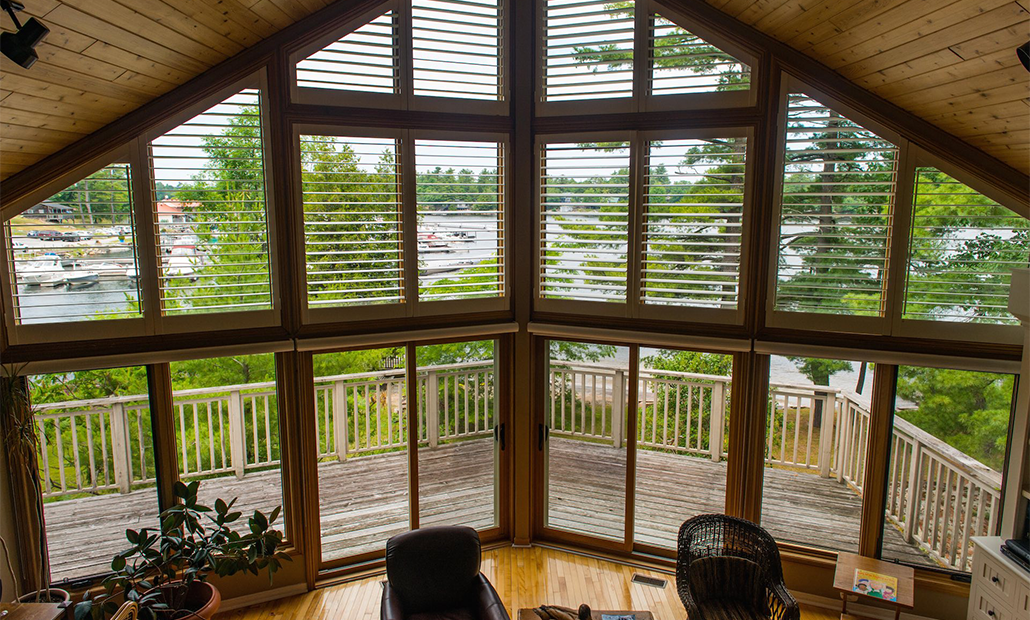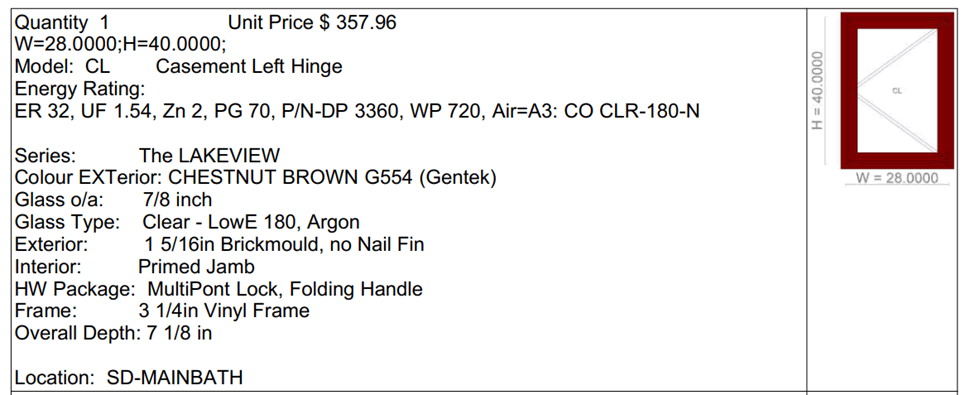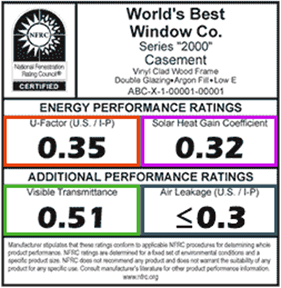
From planning and design to construction and materials, we'll walk you through every step of the process to help you replace your windows.
Step 9: Review and Compare Order
Once you have completed your selection process, a final report can be generated with a picture and description of each unit, an example can be seen below.

It is important to review each unit carefully and envision how they will look together in your house to ensure you will be happy with your final product. Once you are confident that you have selected all the options that are right for you, it is time to place your order.
If you are comparing quotes from multiple window manufacturers it is important to make sure that you are comparing apples to apples, and getting what you want. Below is a quick check list of options that are critical to look at when comparing window order as these options go further than the size and appearance of the window.
Jamb extensions: It is common for window manufacturers to make the total depth of the window unit match the wall it is being installed in, by adding extensions to the inside of the frame. This reduces the amount of material and labour required to trim out the opening.
Brick mould: Brick mould is an exterior trim added to the frame to take up the airspace left between the brick and wall assembly for a quick and professional finish.
Performance criteria: Not all windows are created equal, and 2 identical looking windows can have vastly differing performance in terms of energy efficiency.
The NFRC Label Empowers Consumers
U-factor: The rate of heat loss from a building is indicated in terms of the U-factor (U-value). U-factor ratings for windows generally fall between 0.20 and 1.20. The lower the U-value, the greater a window’s resistance to heat flow and the better its insulating value. (The window’s insulating value is indicated by the R-value, which is the inverse of the U-value.)
Solar heat gain coefficient (SHGC): indicates how well a product blocks heat from the sun. The SHGC is the fraction of incident solar radiation admitted through a window and absorbed and subsequently released inward. SHGC is expressed as a number between 0 and 1. Again, the lower the number, the better: A low SHGC means the window transmits less solar heat.
Visible transmittance: is an optical property that indicates the amount of visible light transmitted. VT is expressed as a number between 0 and 1. The higher the VT, the higher the amount of light that is transmitted.
Air leakage is expressed as the equivalent cubic feet of air passing through a square foot of window area (cfm/sq. ft). Heat loss and gain occur by infiltration through cracks in the window assembly. The lower the AL, the less air will pass through cracks in the window assembly.


Visual Learner? We get it.
We get it. Turkstra TV is full of helpful videos to get you up and running on your next home improvement project.
Our Coaches have your back
Need help? Talk to our professional coaches - it's free.
Get preferred pricing & exclusive promos with Build-it-Better.
Receive exclusive, members-only discounts on select products each month!

